Is Big Bend National Park Safe?
One question I get frequently asked is: Is Big Bend National Park safe? Some people are concerned about border safety and proximity to a foreign country, others are nervous about the remoteness of the location. Then, add in the local flora and fauna—javelinas, mountain lions, rattlesnakes, prickly cacti and yucca, and even black bears— and Big Bend National Park can seem like a scary, unsafe, or foreboding place.
But don’t worry—it’s not as intimidating as it seems.
Hugging the banks of the Rio Grande along Texas’ southern border, Big Bend National Park is a wild and rugged place made up of over 800,000 acres of public land. Outside of the national park, there are many other incredible places to explore, such as Big Bend Ranch State Park and the adjacent towns of Terlingua, Lajitas, and Presidio.
Established in 1944, the national park is a diverse landscape: with everything from mountains to slot canyons, sprawling desert to hot springs and even thriving river ecosystems. Because of this, one of the most challenging parts about planning a trip to Big Bend is deciding what you want to see and do!
Like any remote location, there are risks involved when visiting Big Bend National Park. If you’re planning on coming to Big Bend, here are some of the main risks you may be presented with (and some tips for minimizing those risks so you can have a safe trip)!
Water in Big Bend
Water is a limited resource, and if you come unprepared, you could run out of it. I personally keep a 20L jug of drinking water in the back of my car at all times so that whether I need a refill or I come across someone else who needs a refill, I’ll always have water when I need it.
When going on a hike, I’d recommend bringing more than just a 16oz plastic water bottle. Having at least 32 ounces will help make sure you stay hydrated and allow you to drink as needed and not feel like you have to limit yourself. You may think that this advice goes without saying, but I can’t tell you how many times I’ve been on hikes with folks in Big Bend who did not prepare well with water. This type of preparation is important for more than just hiking—if you are taking off on an all-day backcountry drive through the national park, there won’t be places to fill up on water so it’s important you pack in your own.
If you aren’t sure how much water you need for a hike, check out this resource by REI: How to Stay Hydrated.
Aside from the safety aspect of packing in your own water from home, it’s also a great way to be a good steward of the land. Because water resources are slim, when you bring in your own water and don’t take from the local resources, you’re helping to keep travel to Big Bend National Park sustainable for future generations.
Heat Overexposure, Exhaustion, or Stroke in the Desert
As you’ll read on signs when you enter Big Bend National Park, heat is a huge concern for this area of Texas. While many Texans are accustomed to heat and come mentally prepared for it, one thing that surprises people is the lack of shade. In many of the desert campsites and locations, human-made structures provide the only shade from the sun. If you’re lucky and your camp is near large boulders, you may be able to find shade in the shadow of a boulder, but otherwise? You’re going to be completely exposed.
This is one of the main reasons why good preparation for your trip to Big Bend is key for your safety.
Aside from sun exposure which we will dig into a little more in a second, dehydration is a serious risk of adventuring in hot climates like the Chihuahuan desert—and it’s important to also note that you can become dehydrated even when it’s not hot outside.
Signs & Symptoms of Dehydration
Early Signs
thirst, low energy, feeling grumpy, dry mouth
Late / More Serious Signs
headache or nausea, change in personality/attitude, decrease in control over mobility (stumbling), not communicating clearly (mumbling), muscle cramps
Signs & Symptoms of Heat Exhaustion
cool, moist skin with goosebumps when in the heat
heavy sweating
faintness
dizziness
fatigue
weak, rapid pulse
low blood pressure upon standing
muscle cramps
Signs & Symptoms of Heat Stroke
headache
dizziness and confusion
loss of appetite and feeling sick
excessive sweating and pale, clammy skin
muscle cramps
fast breathing or pulse
being very thirsty
Tips for Avoiding Heat-Related Illnesses in Big Bend National Park
Aside from general preparedness and knowing your personal limits, there are a few things you can do to avoid heat-related illnesses while visiting Big Bend National Park.
1. SUN PROTECTION
A good sunhat, long sleeves (with SPF protection), and sunscreen are all useful tools for protecting yourself against sun exposure. Sunburns can increase your risk of heat-related illnesses because they make it harder for your body to regulate it’s internal temperature—and nothing ruins a trip more than getting a bad sunburn!
2. START EARLY
If you have a big hike you want to tackle (such as Emory Peak or the Lost Mine Trail), wearing headlamps and starting before sunrise is a great way to maximize the cool temperatures of the morning and limit the amount of time you spend completely exposed in the heat of the day. This tip is especially useful if you’re considering hiking a popular trail like Balanced Rock which has no shade for entire 4.5 miles.
3. PACK IN ENOUGH WATER
Make sure you stay hydrated while adventuring in Big Bend. Proper hydration starts before you hit the trail— in the 48 hours leading up to your adventure you’ll want to make sure you’re drinking lots of water so you can start your hike hydrated, as opposed to starting on an empty tank
4. EAT SNACKS
Salty snacks and hard candy are helpful when it comes to getting your glucose levels back up and balancing out salt lost when you sweat. While you should never rely on only these two things for sustenance on trail, they can be helpful tools to combat symptoms in the moment.
5. AVOID SUGARY DRINKS
On a similar note, I’d recommend avoiding drinking too many sugary drinks before or during an extensive amount of time spent in the sun. While an ice-cold lemonade or coke can feel refreshing, it’s not going to provide the hydration you need.
Car Problems in Remote Locations
Nothing will bring a screeching halt to an amazing trip quite like having car problems. Getting a flat tire, running out of gas, and getting stuck on one of the many primitive, 4x4 roads in the park are just a few of the car issues you could run into that could make your fun family getaway take a turn for the worse.
Thankfully, there are easy steps you can take to avoid these potential problems and have a safe trip.
Tips for Avoiding Car Problems in Big Bend
First, keep in mind that Big Bend is remote—if you’re looking for a full service auto repair shop, you’ll need to drive at least 2 hours into the city of Alpine. If you’re heading back on any of the primitive roads of the national park, such as Black Gap Road, it’s important to bring along a full-size spare and make sure your vehicle is prepared to make the journey.
Thankfully, the park rangers in Big Bend National Park want you to have a safe trip too! They frequently update the park service website with information about road conditions and weather, so you can have all the tools you need to plan a safe and fun trip. If you aren’t sure or have questions, it’s always best to stop at a ranger station before you head into the backcountry so you can feel confident you’re prepared for your adventure.
Let’s talk about gas; I know I’ve said it quite a few times already, but because Big Bend National Park is located in a remote corner of Texas, that means resources that normally you have easy access to (food, water, gas) aren’t always available. Occasionally, local restaurants run out of food and the gas stations run out of gas. Making sure to fill up long before you get close to an empty tank will help make sure you don’t get stranded without gas and without cell service while in the park.
Where to Get Gas in Big Bend
If you’re driving in from Alpine, be sure to stop at any of the gas stations in town before your final push to the park. If you’re feeling hungry, I’d recommend a gourmet hot dog from the food truck Cow Dog. While you’re there, you can hop over to Plaine Coffee and snag yourself a scoop of ice cream or a latte.
If you’re driving through Marathon, stop at the station on your right before you take the left turn into the north entrance of Big Bend National Park.
Once you’re in the park, you can fill up at the gas station at Panther Junction, or drive towards Terlingua Ghost Town and fill up at the Alon in Study Butte. If you’re hungry and looking for a big breakfast, there’s a breakfast buffet at the gas station most mornings starting at 8 AM.
If you’re going to Big Bend Ranch State Park, you have a couple of places to fill up. If you’re headed into the park from the entrance on the Barton Warnock Visitor Center side, plan to stop in Lajitas and fill your tank at the General Store. This is a great place to restock any gear or food items you need before continuing on your way. Plus, you can say hi to Clay Henry Jr., the town’s Goat Mayor (yes, their mayor really is a goat). If you’re headed to the state park on the Fort Leaton Historic Site side, I’d recommend stopping at a gas station in Presidio as your last fill before heading into the state park.
Additionally, keep in mind that the state park has only ONE paved road, so the need to be prepared as a driver is even more important. Many of the roads in the state park require 4x4, high-clearance vehicles, so make sure to thoroughly research your route beforehand and have copies of your maps before you go (because there’s no service in the park)!
Wildlife of the Park
While rattlesnake bites, bear attacks, or cunning mountain lions may be the first safety risks that come to mind when you think of the wildlife dangers of Big Bend National Park, there’s actually a different risk I think is worth discussing first.
When you get to Big Bend National Park, you’ll quickly notice that the speed limits don’t change much throughout the park. 45 miles an hour is the typical speed limit—even in areas where it seems like the desert sprawls for miles and the risk of speeding feels low.
Cyclist and pedestrian safety are good reasons enough not to speed, but even more than that is the risk of hitting large wildlife while going over 45 miles an hour.
The national park is home to elk, mountain lions, black bears, coyotes, javelinas, and various deer. Hitting any one of these animals while speeding would be fatal to the animal, but also could endanger you. In September 2020, a tourist struck and killed a black bear cub while speeding into the Chisos Basin. This type of incident is completely avoidable, and it depends on park visitors abiding by the set speed limits.
Now that we’ve talked about why speed limits are important, let’s dive into the topic I’m sure you’re most interested in: how to stay safe when it feels like everything in Big Bend wants to kill you.
Yes, the lechugillas, ocotillos, and prickly pear cacti all have pokey thorns that don’t feel great when they make contact with your skin. Thankfully, there’s an easy fix: proper attire!
What to Wear While Hiking in the Desert
Keep in mind that this will be a general list of recommendations on what to wear while hiking in the desert; there are so many factors that could impact best practice (such as personal style and comfort, level of experience, specific trails, etc.). Now that we’ve gotten that disclaimer out of the way, let’s dig in.
Generally speaking, coverage is going to protect you from most things in the desert—from sun exposure to sharp cacti. Closed-toed shoes are key. I personally like wearing my leather Blundstone boots on shorter hikes because thorns can’t penetrate them quite as easily, but any good hiking boot will do. If you’re looking for something lighter for tackling a longer trail like the Outer Mountain Loop or South Rim Trail, a trail running shoe like the Altra Lone Peak is also a good option.
Long sleeve shirts with SPF protection are also great—they keep your arms covered to avoid scratches from plants like the ocotillo, while also guarding you against UV rays. The same idea goes with leg protection—if you’re hiking off-trail through the desert, then it’s helpful to wear pants to protect your bare skin from bug bites or any one of the many cacti varieties that could poke you.
Rattlesnake, Javelina, and Bear Safety in Big Bend National Park
I think we can all agree that adverse encounters with wildlife are something we’d all like to avoid. While there are tons of great resources online that go in-depth on how to safely handle encounters with any of the animals I’ve listed above, here is some helpful info about animal safety that is specific to the Big Bend area.
BEARS
First off, the Mexican Black Bears that roam the Chisos Basin tend to be extremely skittish and shy. Unlike Glacier or Yellowstone National Park where bear spray is a requirement, you’ll likely be just fine going without while you’re hiking in Big Bend. Making noise while you hike, properly storing food, and keeping space between you and the bear if you do encounter one are all things you can do to avoid adverse bear interactions while in Big Bend National Park.
RATTLESNAKES
The Chihuahuan desert is home to a few different kinds of rattlesnake—the most common being the Western Diamondback Rattlesnake. While I’ve mostly come across rattlesnakes on paved roads, I have seen them at campsites and on trails. As I mentioned before in the section about heat safety, there’s not a lot of shade in Big Bend. Many critters—like rattlesnakes—seek shelter from the sun during the daytime and tuck themselves under rocks, overhangs, and mesquite or creosote bushes. If you’re hiking off-trail or scrambling around a canyon or rock that has lots of overhangs a snake might like to rest in, be extra aware and, when possible, check before you stick your hand in a hole in the rock or under an overhang.
JAVELINAS
One of the most recognizable animals of the Big Bend area is the javelina. Javelinas, while smaller than pigs (and not in the pig family!), can be really aggressive. As cute as a family of javelinas may look when they run together through your camp, they definitely aren’t an animal you want to make angry. If you’re traveling to Big Bend with your dog, you’ll want to be extra careful if you come across one. Javelinas have been known to maul dogs—and injure the dog’s owner in the process. Similar to bear safety, packing away/securely storing food and keeping your dog on a leash are good ways to keep you and your pet safe from a bad interaction with a javelina.
If you want more info about where dogs are allowed in Big Bend National Park, check out this article on the park’s website: Pets in Big Bend.
Border Safety
Lastly, let’s talk about border safety when visiting Big Bend National Park.
The Rio Grande River stretches along the southernmost edge of Big Bend National Park and Big Bend Ranch State Park. On the other side of the river? Mexico! If you camp at Rio Grande Village on the east side of the park, you’ll get to wake up to stunning sunrise views of the Sierra del Carmen Mountains—an iconic mountain range that rises up on the other side of the Rio Grande.
While the views are undeniably gorgeous, you may still be wondering—is being that close to the border safe?
Once you spend some time in the park, you’ll quickly see that is. Of course, if you have pressing concerns about safety, you can always check with local law enforcement and park rangers, but the reality is that the region surrounding Big Bend National Park is mostly rugged landscapes not conducive to human inhabitants.
Aside from general safety concerns, here are two commonly asked questions (and answers) about the US/Mexico Border and Big Bend.
Do I need to Bring My Passport?
The short answer: maybe.
There are two main instances that may require you bring your passport; one, if you are planning on crossing the border and visiting Mexico (more on that below) and two, if you are not a U.S. citizen.
On your drive down to the national park, you’ll pass by a border checkpoint. No matter which route you take to get home, you’ll have to stop at one of these checkpoints during your drive.
Typically, a border patrol agent will walk up to your vehicle and you’ll roll your window down and they’ll ask you if everyone in the car is a U.S. citizen. This is why, if you aren’t a U.S. citizen, it can be helpful to have your passport on hand just in case they ask for identification. In most instances, you’ll answer their question and be back on the road in less than a minute.
Can I Cross the Border?
If you’re wanting to venture outside of the U.S. during your time in Big Bend, you can! When the point of entry is open, you cross the border and go into Mexico at the Boquillas Crossing on the east side of the national park. Be sure to have your passport though! Aside from your passport, you’ll want to have cash to purchase gifts, meals, and transport to get across the river and into the town of Boquillas del Carmen.
All in all, while the remoteness of Big Bend National Park can be intimidating, and the thought of prickly cacti and venomous snakes may seem scary at first, there are so many things you can do to stay safe during your trip to Big Bend.
I hope that this blog post helps you get out there and plan an amazing adventure in my favorite corner of West Texas: Big Bend!
Are you planning a trip to Big Bend? Celebrate your time in this gorgeous corner of Texas with a photoshoot in the national park. GET IN TOUCH.

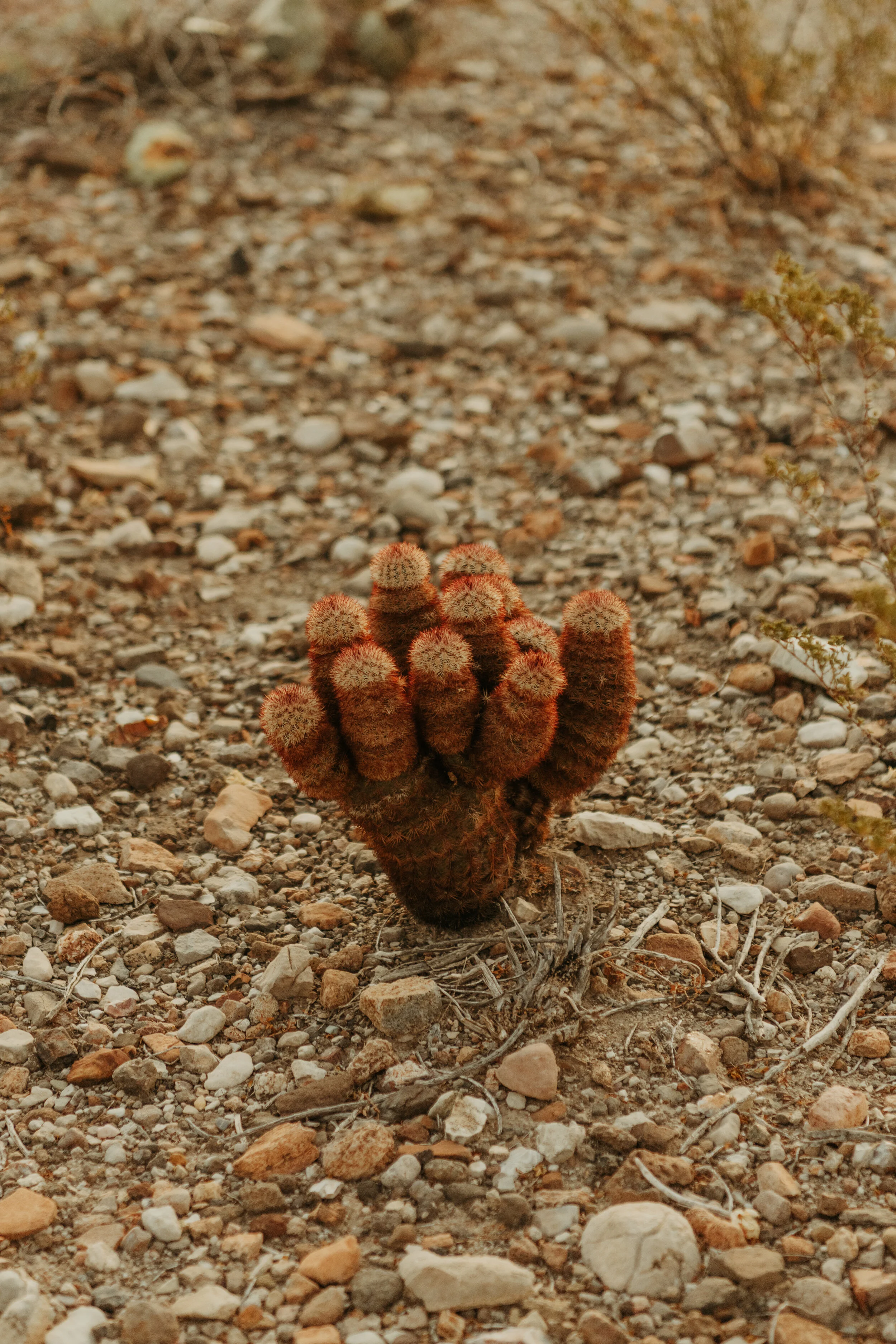
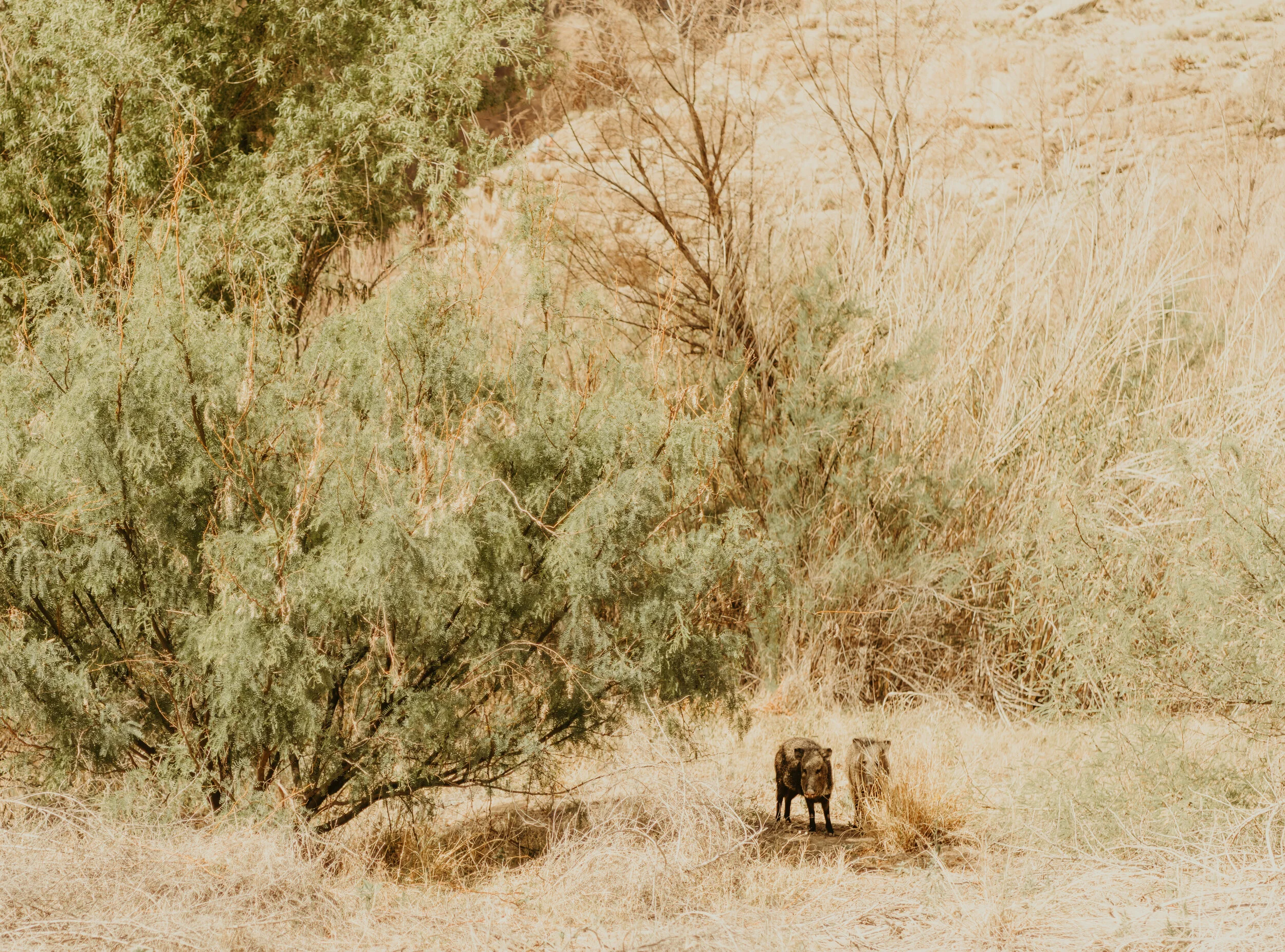



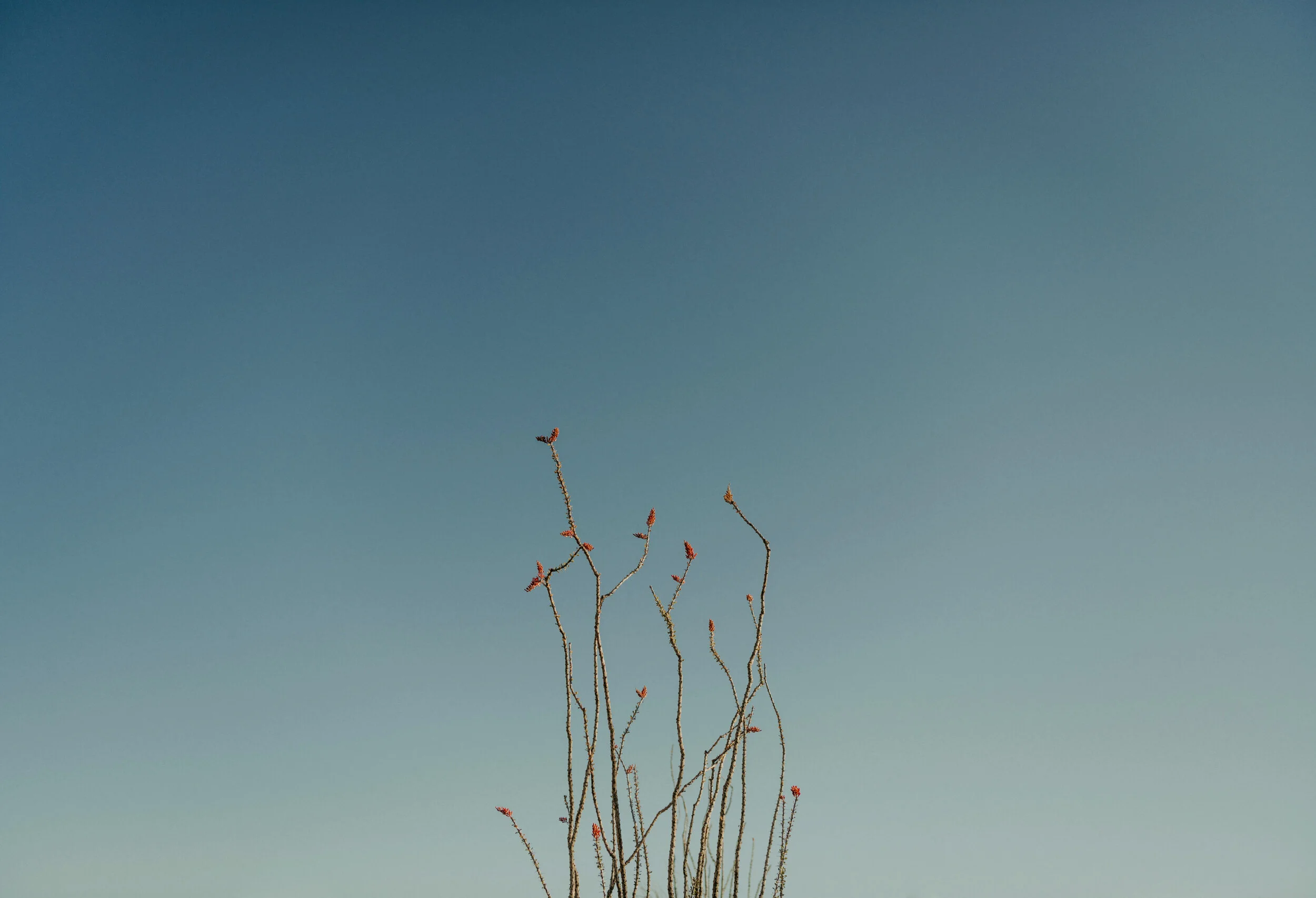
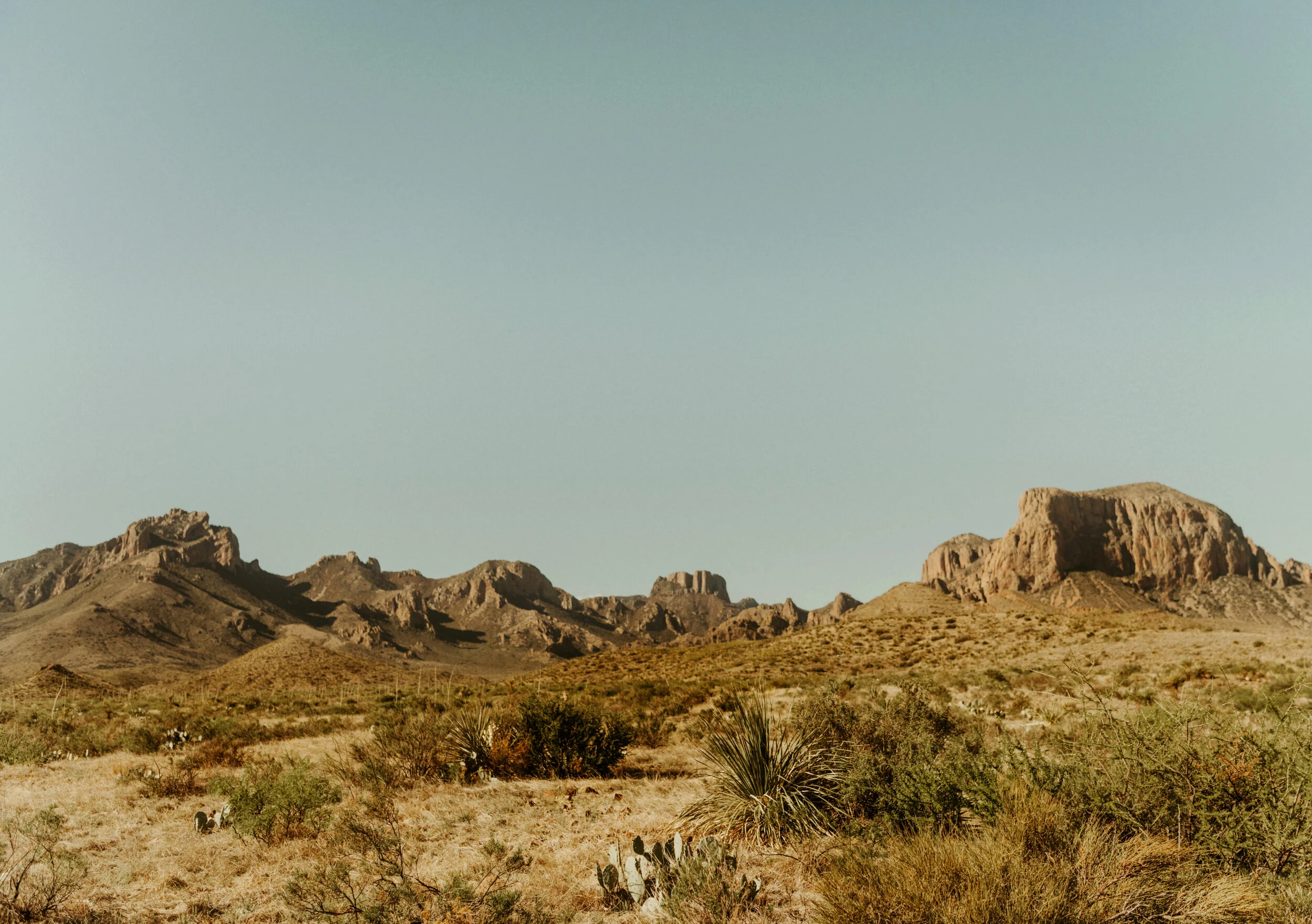
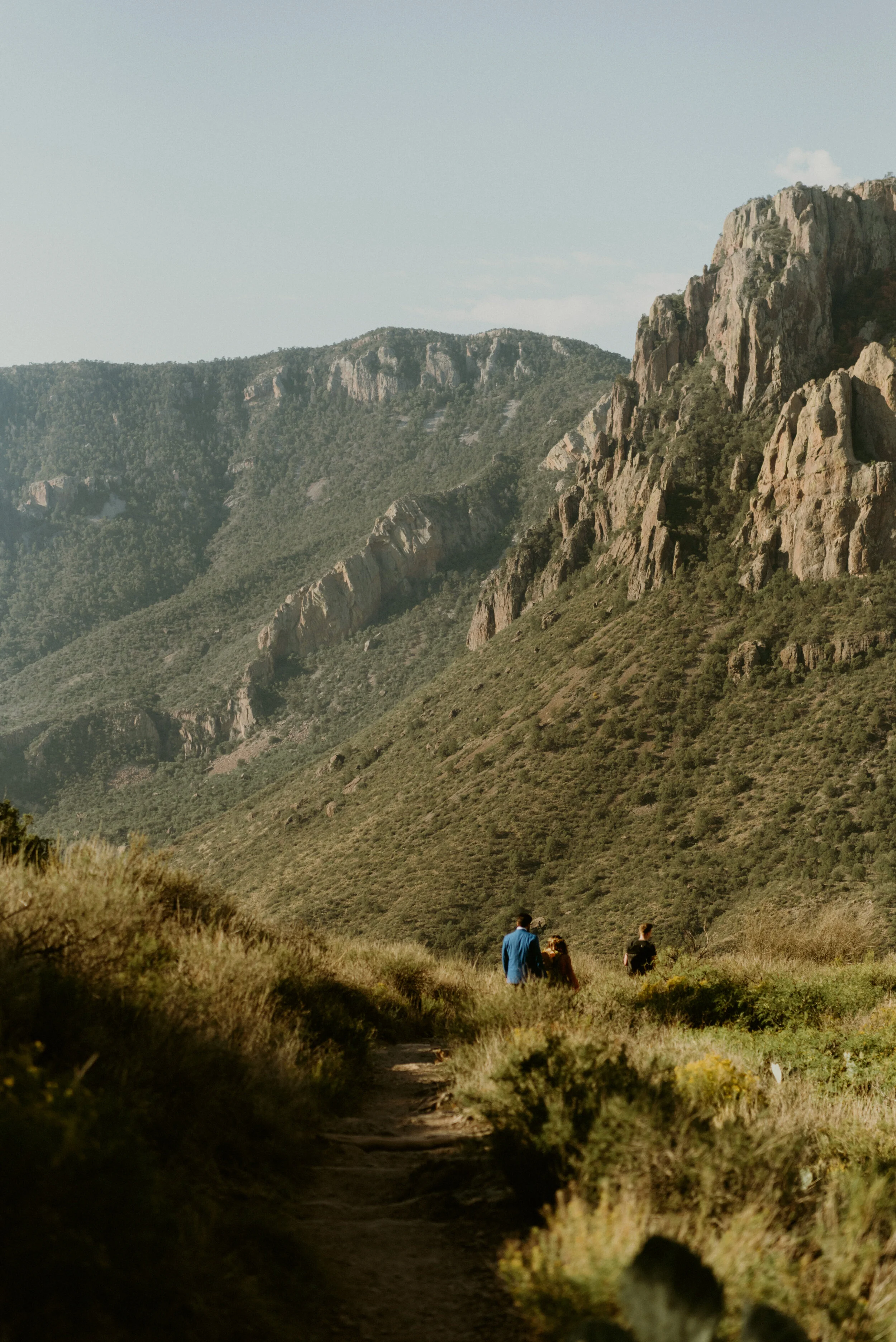


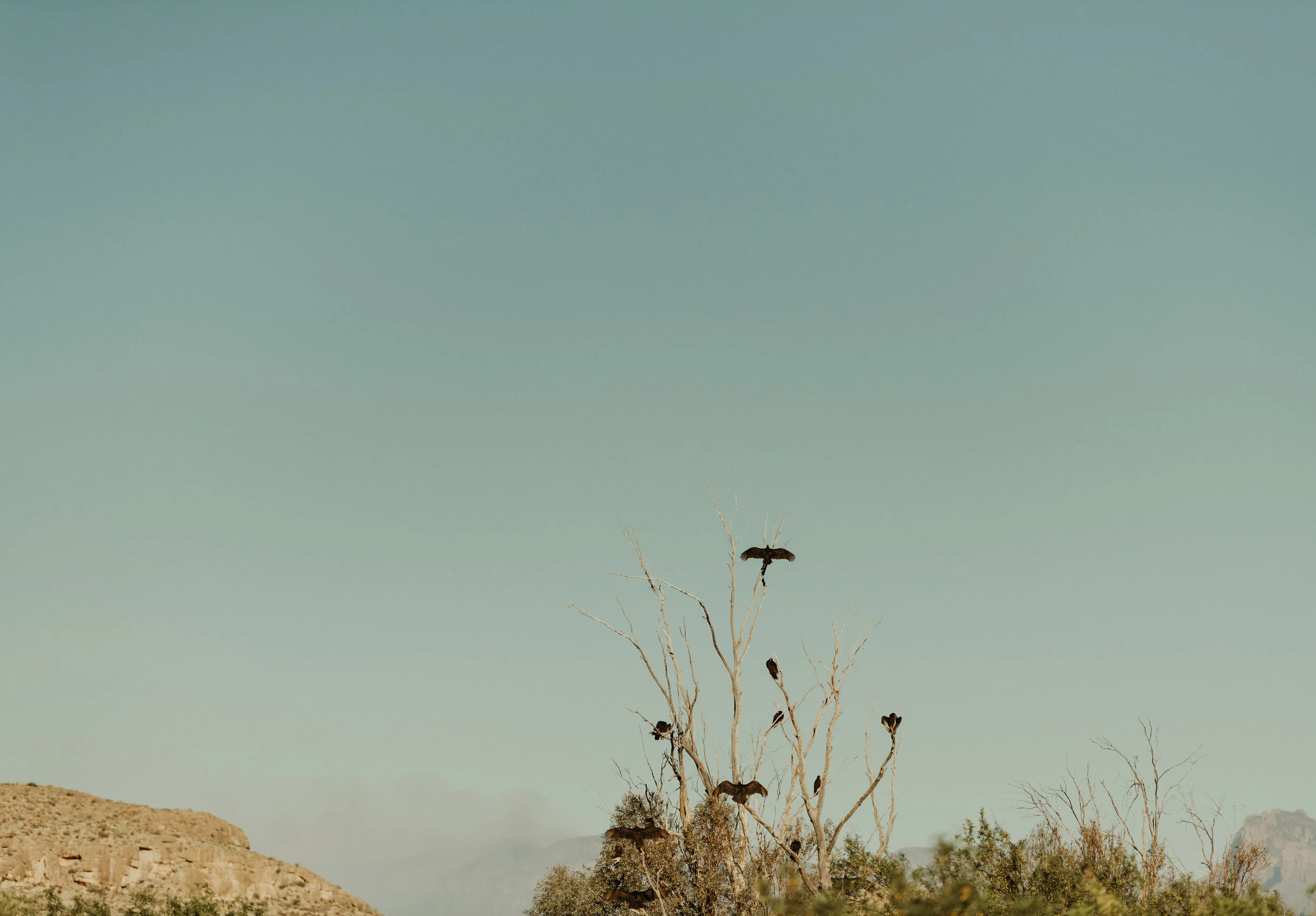



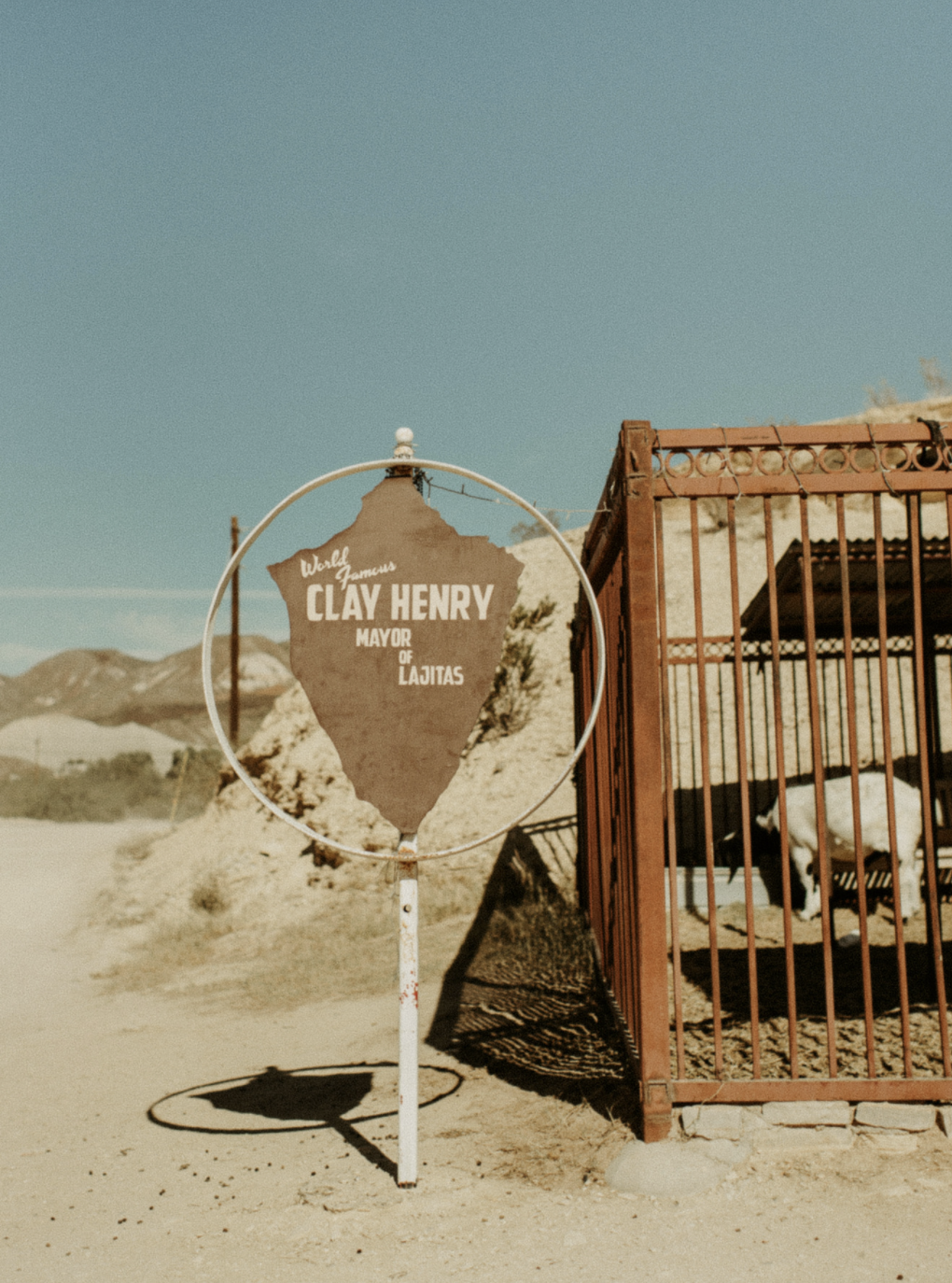
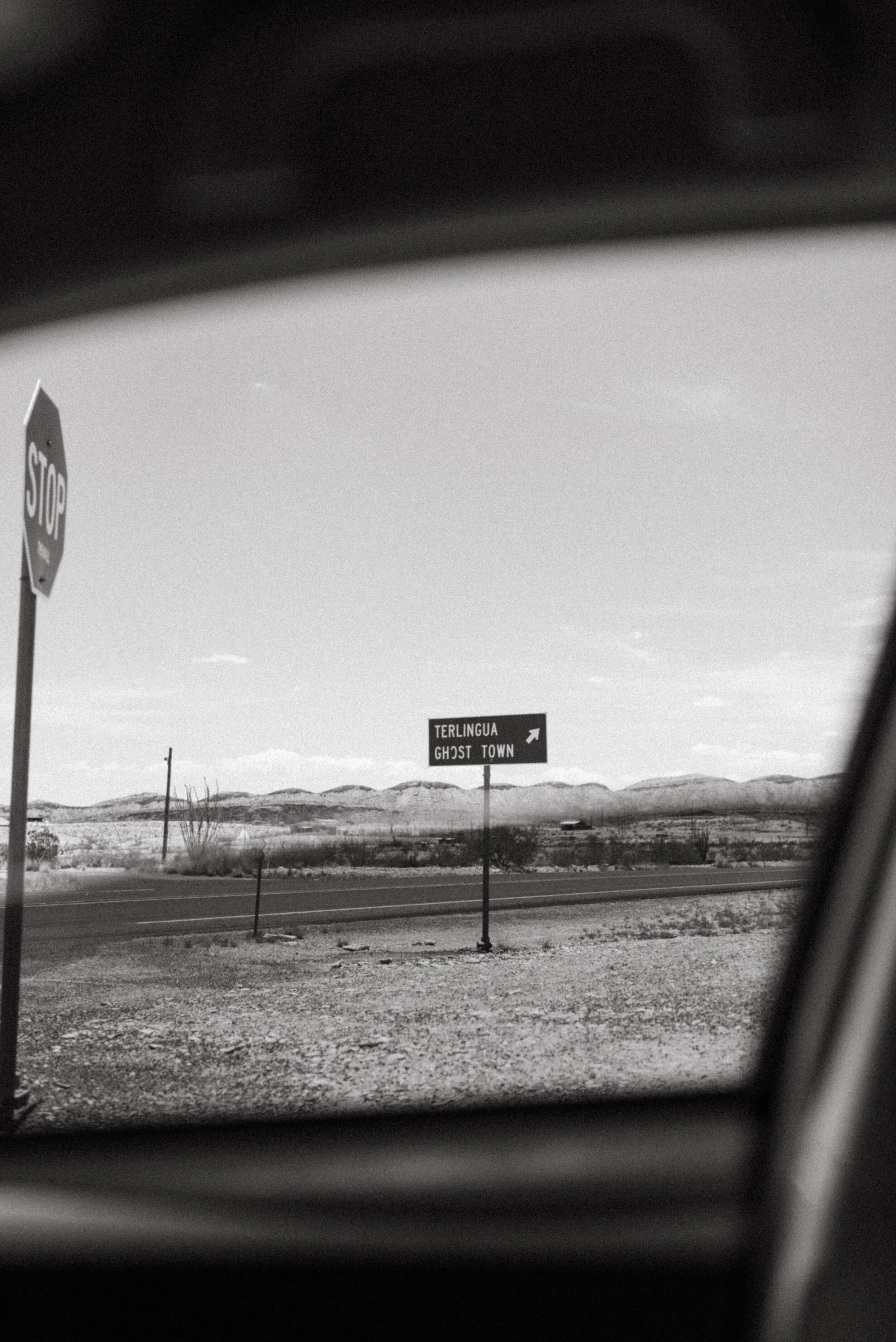
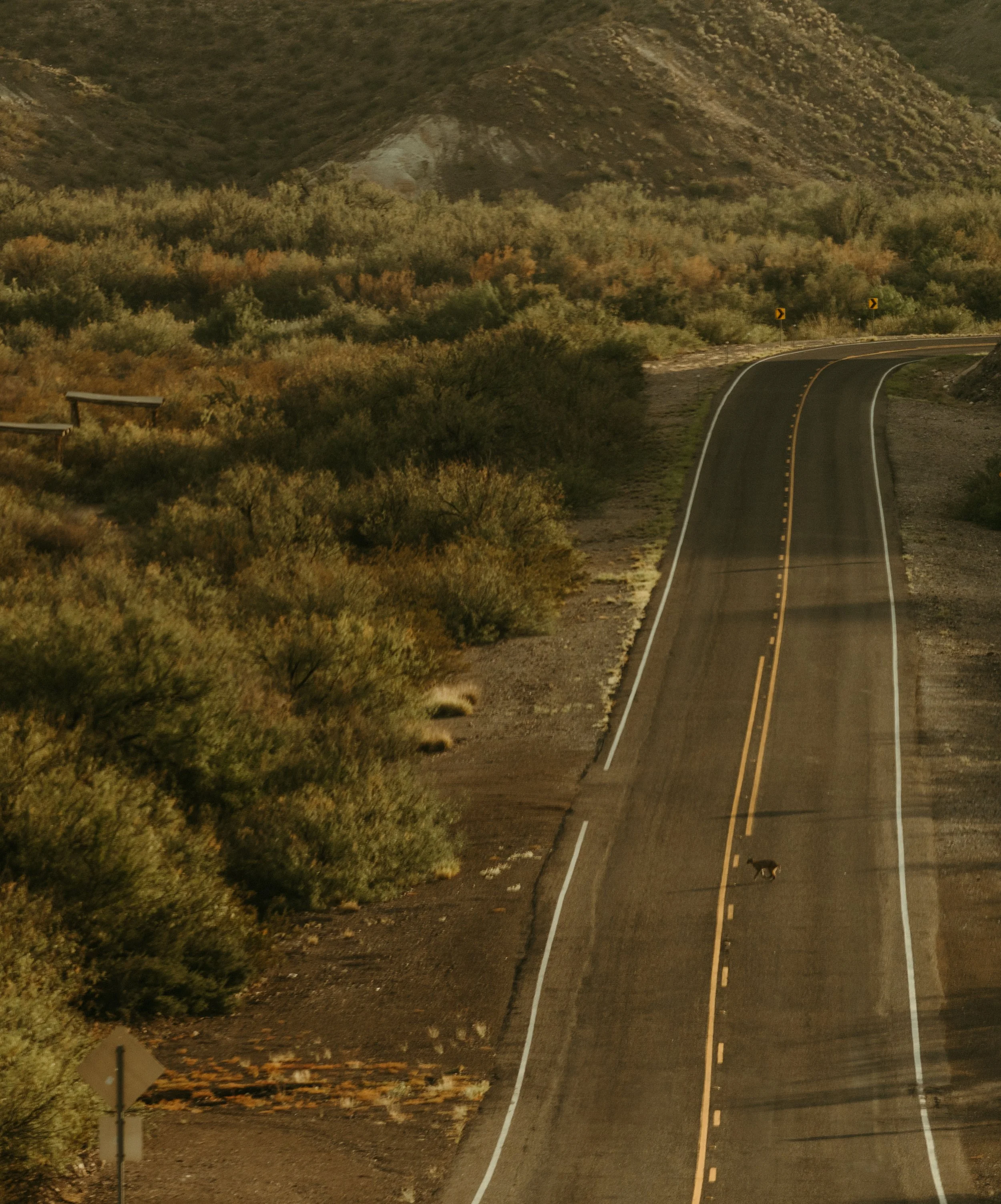
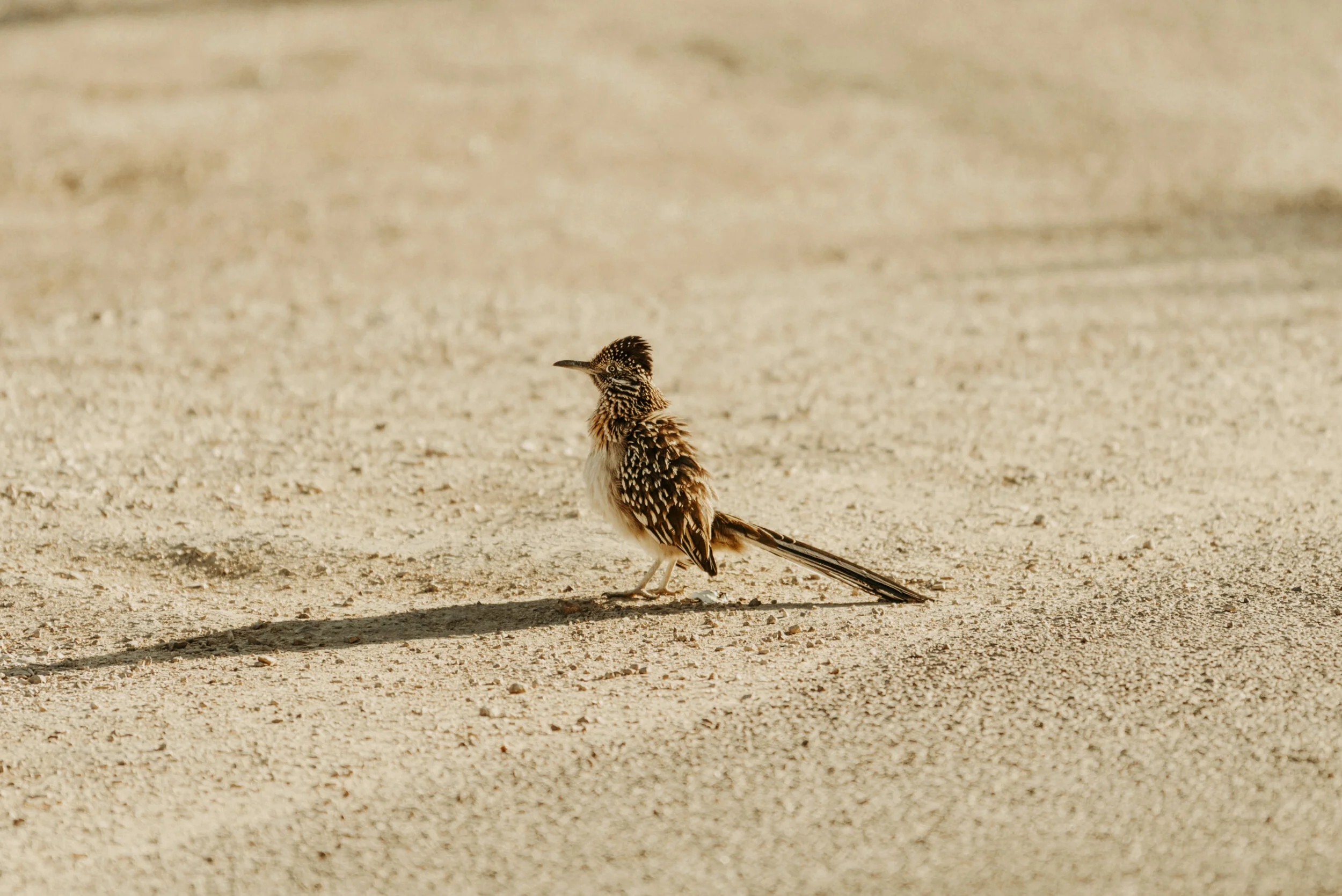



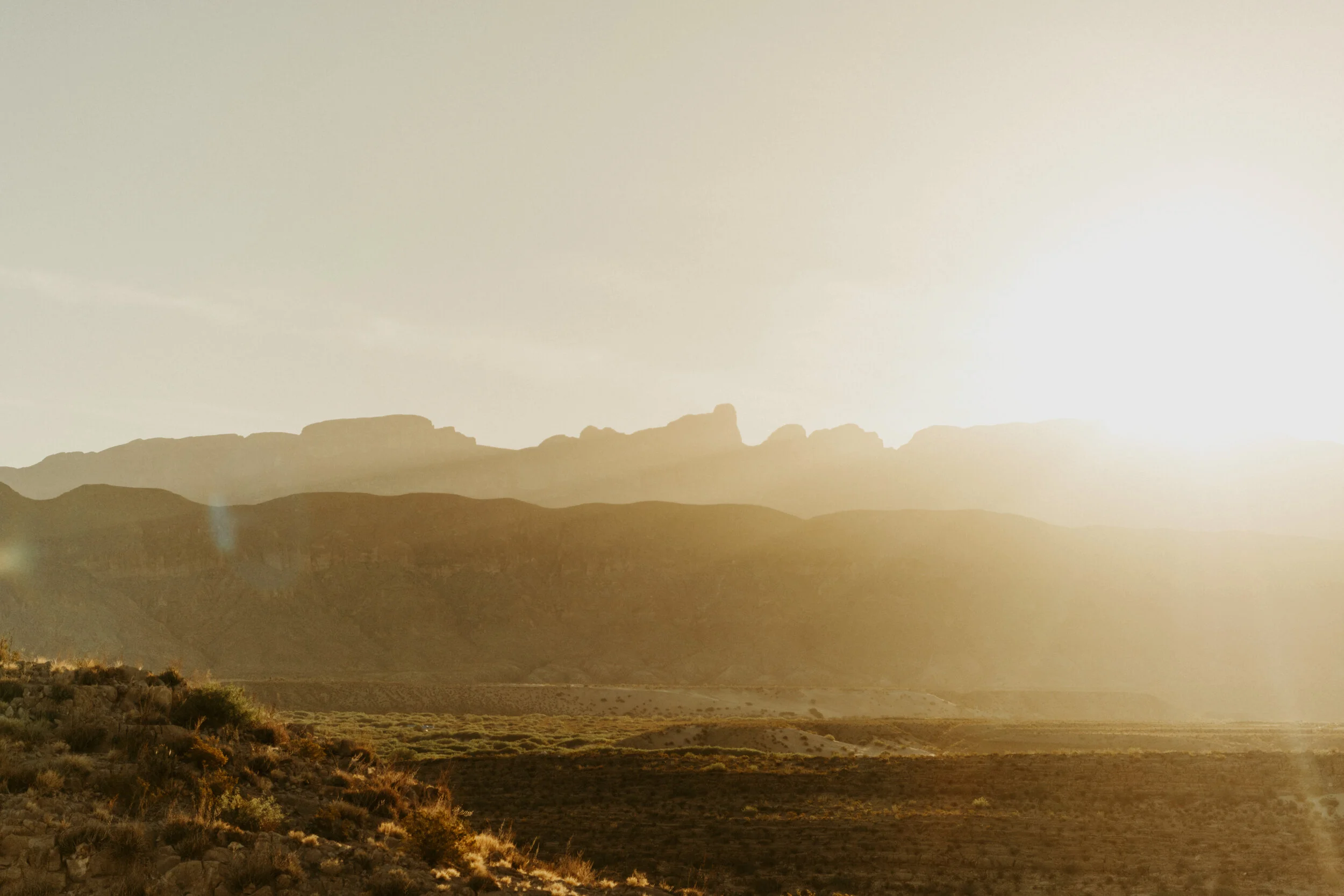


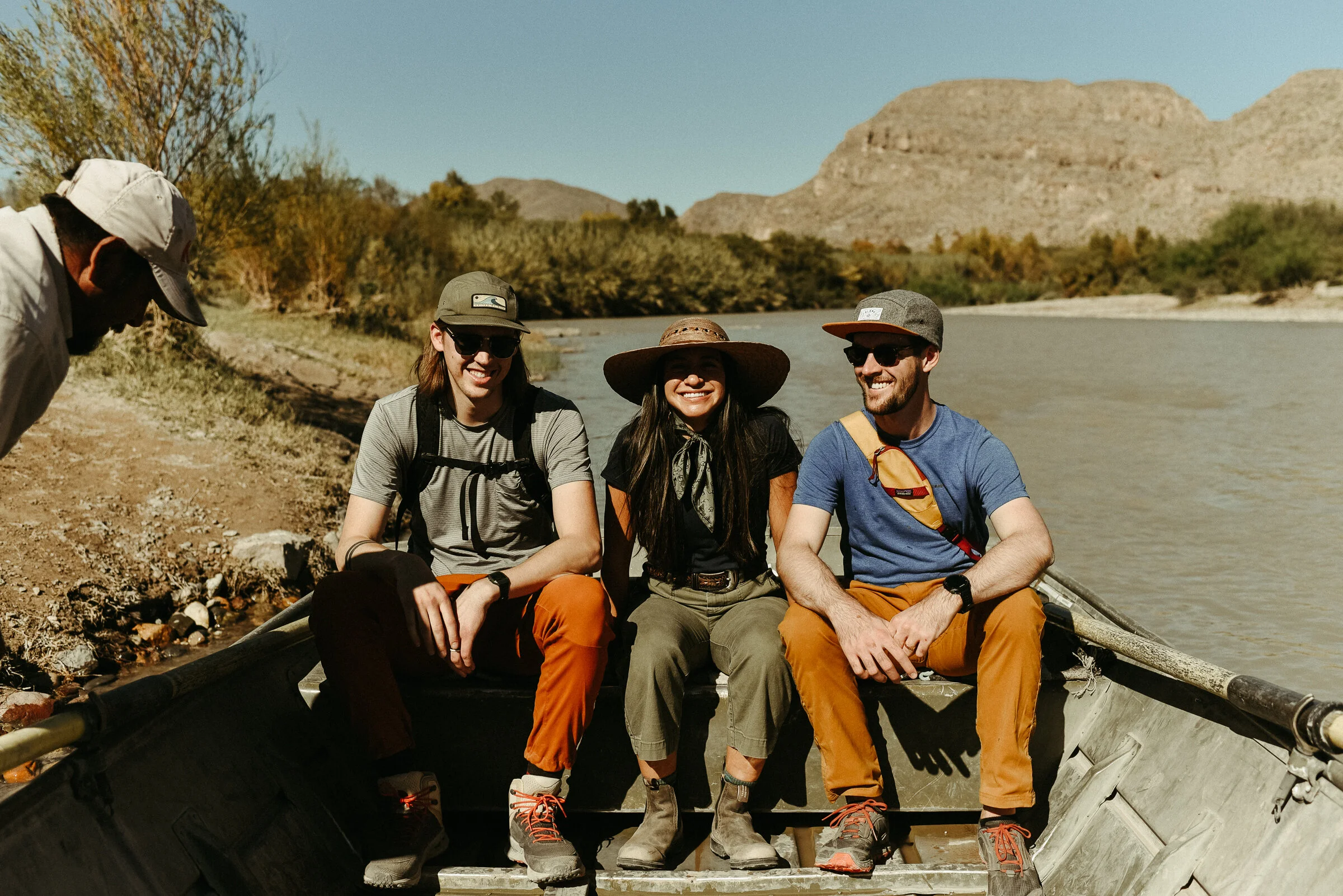
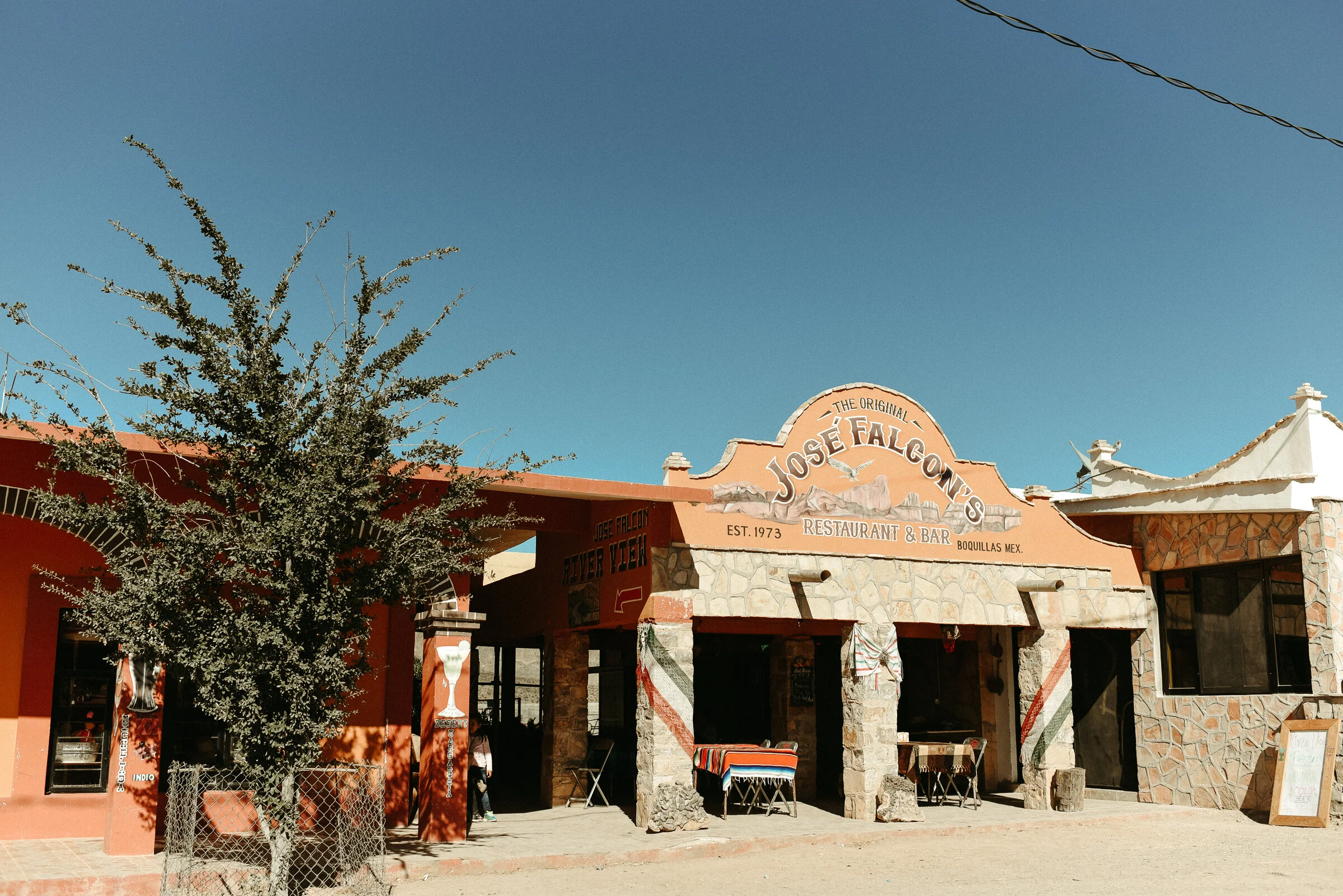
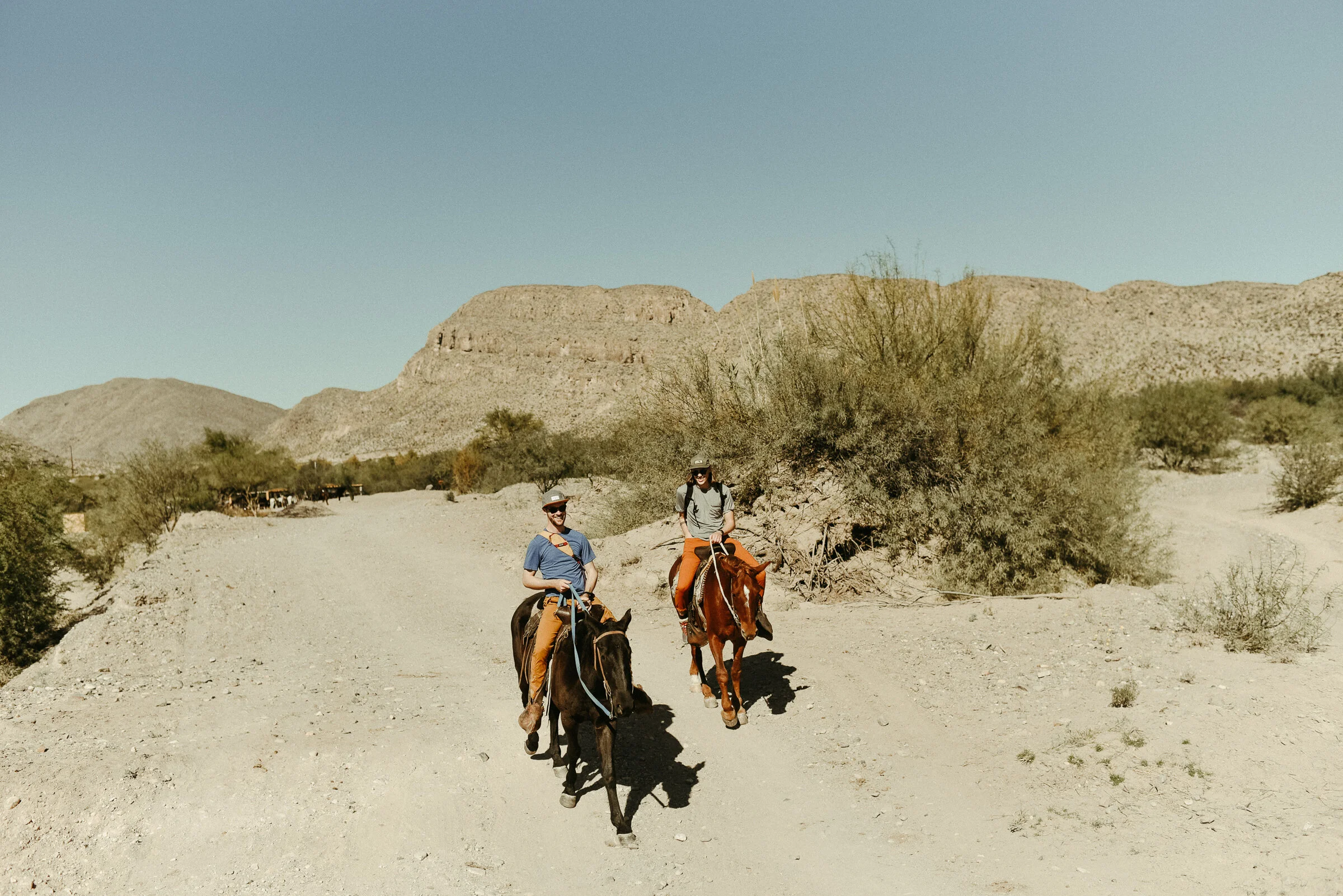
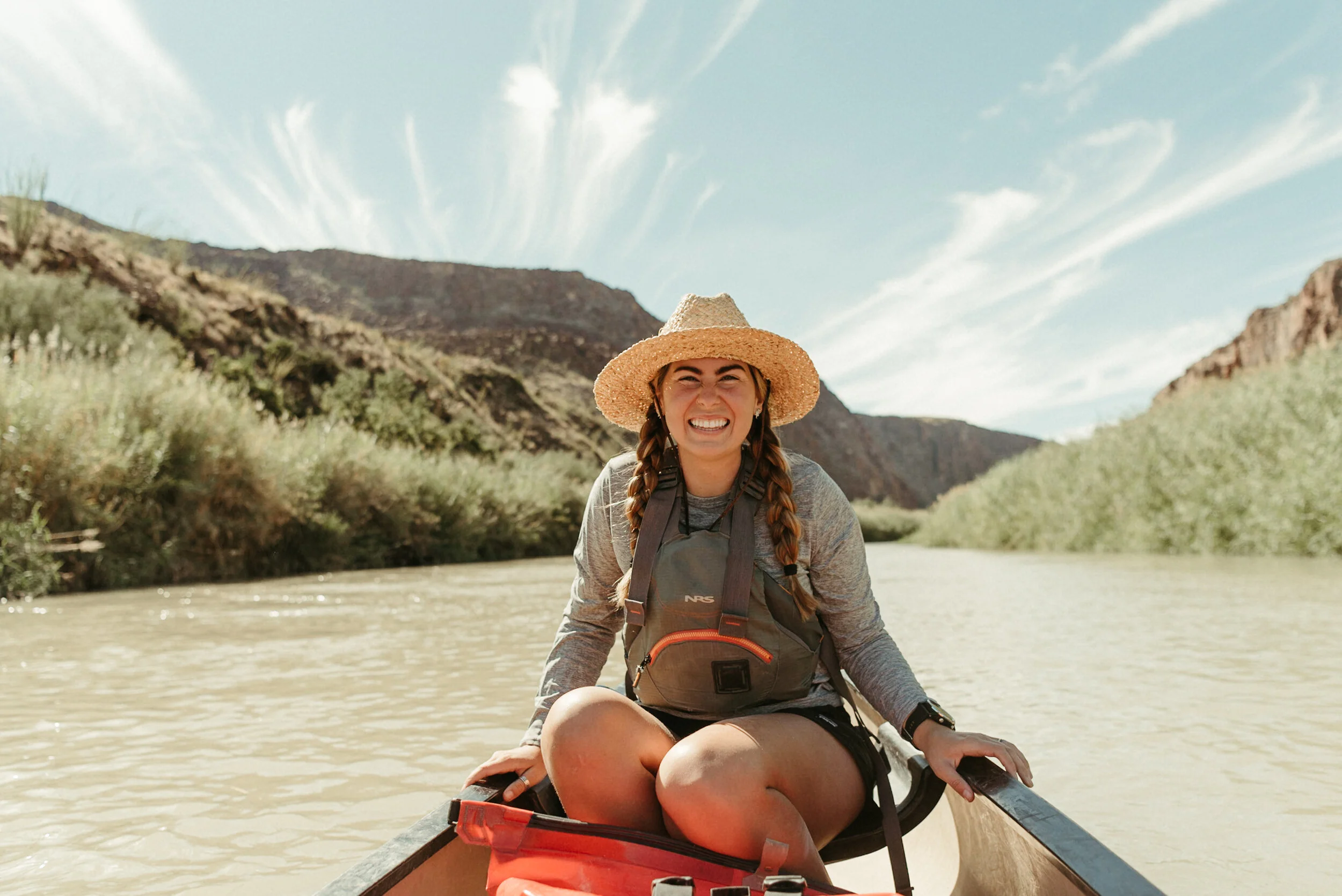
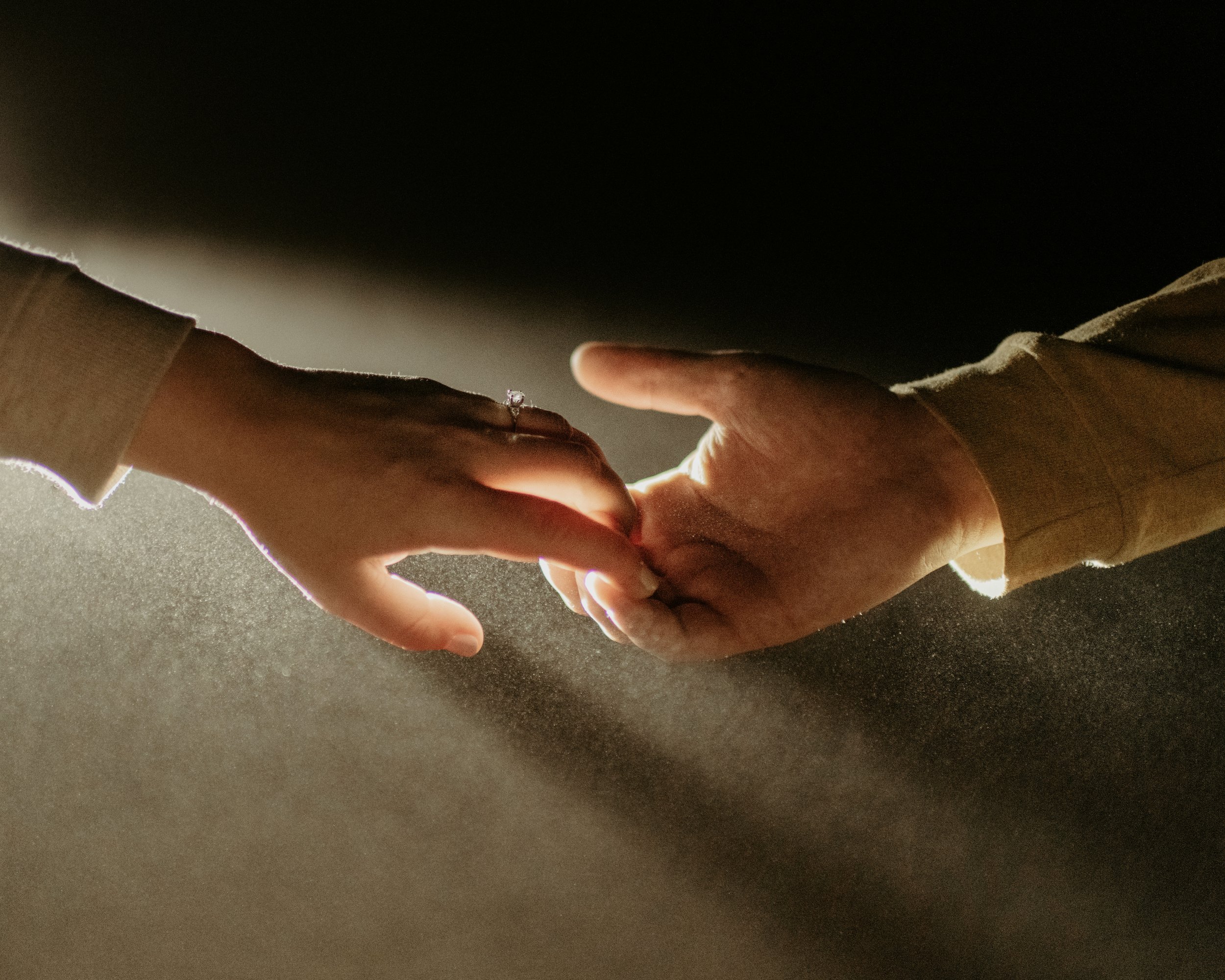

Surprise proposal during an astrophotography portrait session in Big Bend.